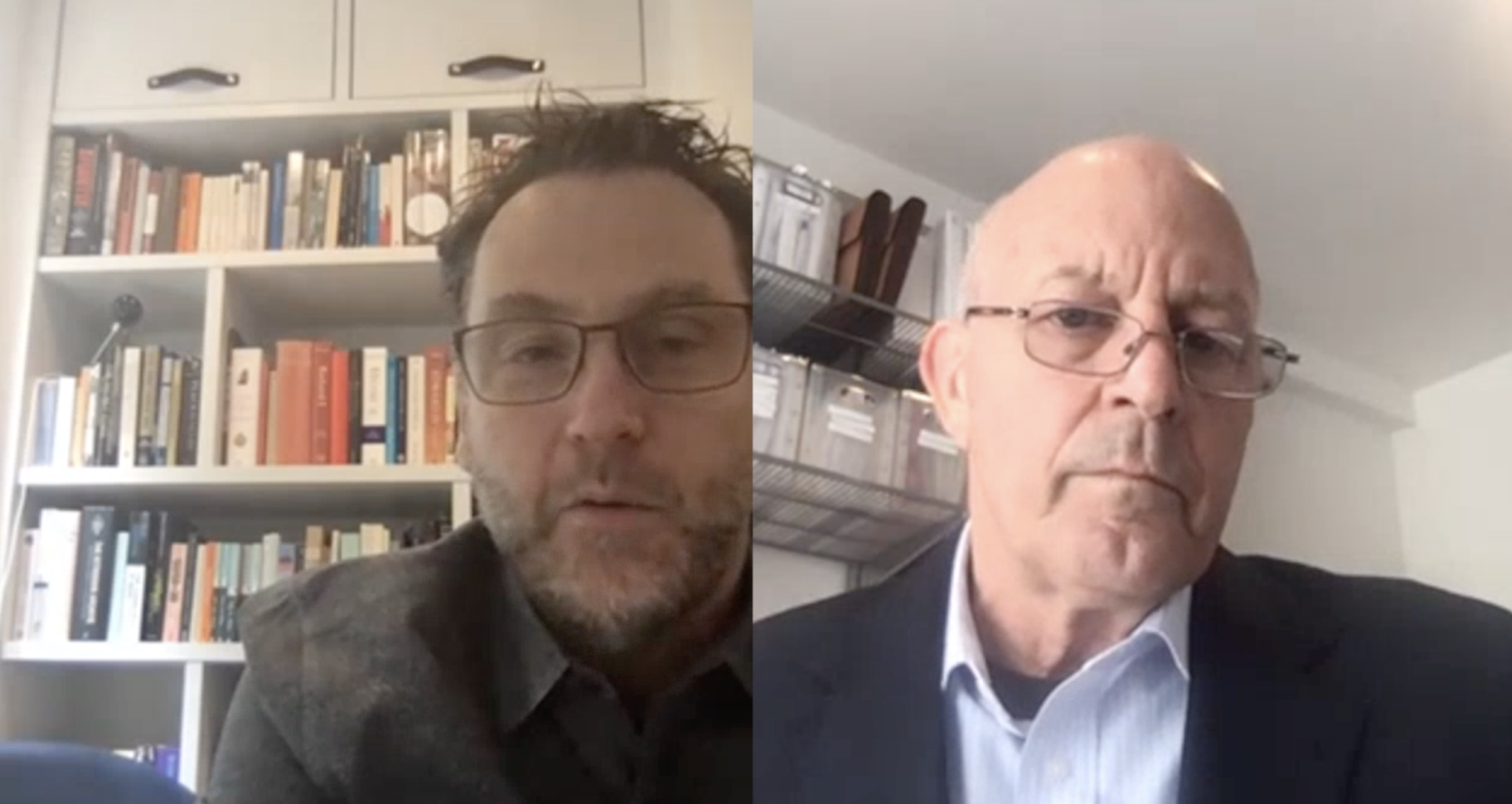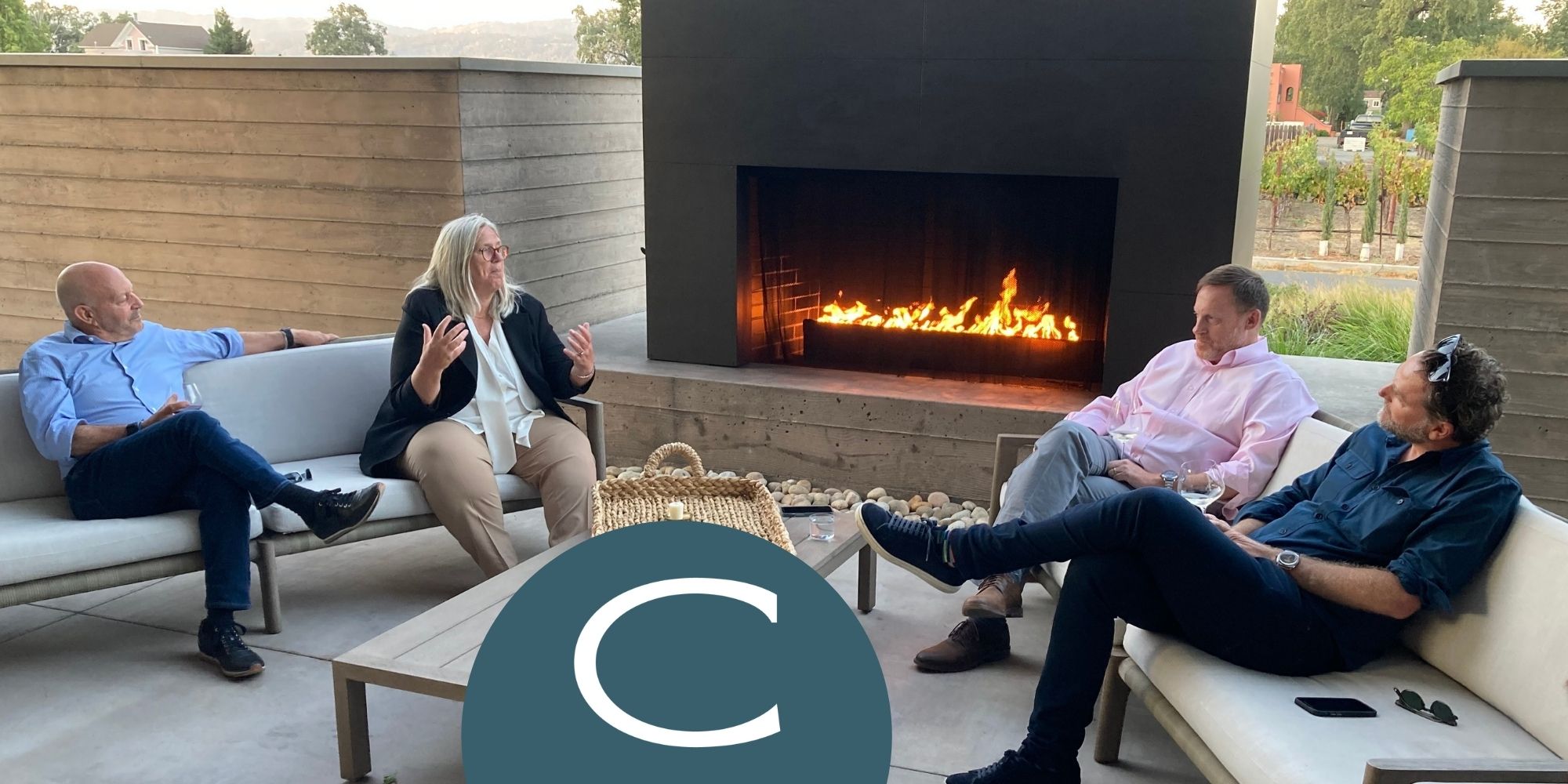The sudden impact of the COVID-19 crisis is unprecedented in our lifetimes but there are certain norms and lessons to be learned from past humanitarian emergencies. At Concentric, we are very fortunate to have, Vice Admiral (Ret.) Mike LeFever, USN, an expert in humanitarian response, lead our organization. Roderick Jones recently interviewed him on his perspective as it pertains to this pandemic:
RJ: Your experience with disaster relief and humanitarian assistance is unparalleled in the USA, from your time leading the US Government’s disaster relief efforts in the aftermath of the Pakistani earthquake, from 2005-2006, and Indus River flooding in 2010. The impact of both events was tragic in terms of lives lost and the economic devastation that ensued. What are some of the lessons learned from these experiences?
Mike: The tremendous loss of life, the extent of infrastructure destruction, and the need to provide relief as quickly as possible were overwhelming. In this regard, the Pakistani earthquake relief served as a template for the next humanitarian crisis, which was the flood relief effort. We discovered there is a predictable set of phases in these types of crises, which actually provide a guide for how we handle our current one. The distinct phases we noticed were:
-
The 9-1-1 phase of emergency triage and initial response;
-
Anticipating and being prepared to deal with second and third order effects of disaster. For example, with the earthquake and the flood, it was the outbreak of cholera and dysentery from unsanitary conditions and lack of clean water. Just like this crisis we needed a major injection of ventilators, and masks to protect people, first responders, and medical care professionals.
-
The stabilization phase in controlling the crisis from spreading and putting in place those things that will give people a sense of a return to a normal life. We did work in re-building schools so that kids go back to school quickly and providing employment in the aftermath of the earthquake and flood. The primary goal is to return the population and devastated infrastructure to the new normal as quickly as possible. Opening schools and providing employment will be a key feature of America’s return in September.
-
Rebuilding and reconstruction phase, to provide permanency to stabilization. Solid achievements further underline progress after societal collapse.
-
Finally, as with all events, there needs to be a thorough ‘After Action Review (AAR)’ to conduct to understand lessons learned and how to be better – to position resources, capability, and capacity – for the inevitable next event. It’s illustrative that there have already been calls for a 9/11 type commission regarding COVID19. All organizations should try and learn from this.
RJ: You tell an illuminating story about the early stages of the crisis in Pakistan and how the assessment of what was needed to immediately support the humanitarian relief was contrasted with a need to transition rapidly into the future.
Mike: During the first week of the relief efforts, General Abizaid, the Central Command Commander and General Lute, his operations officer, flew into Pakistan. After a review of our progress so far, General Abizaid turned to me and asked me what my end-goal and exit strategy was, which surprised me as I had been in the country for all of a week! His point was that the United States Military – and my team on the ground, in particular – were not going to be providing this level of assistance to Pakistan forever. He was telling me that we needed to start planning now for how we would both scale back our assistance without causing further harm and help Pakistan transition to its new normal.
It was this insightful guidance of looking forward and thinking about the new future that helped me to strategically think through our efforts and what an end-game might look like. In regard for the pandemic we are now facing, I think it is critical that we think through and anticipate the variables we need to inform the future state and how we need to help our medical community and business partners to recover and thrive when the worse of this crisis is behind us.
RJ: What do you think the global environment will look like in September?
Mike: I think you have to look at this is three separate buckets. Economic, Social, and Geopolitical. Economically, creating jobs and stability is obviously fundamental to any crisis situation and this ties into how society bounces back. There will be some cultural changes in the way we do things but probably not as many as people think, humans remain human. Geopolitically, it remains unclear who will come out of this ahead but it is likely to accelerate the decline of a certain kind of globalization as people think more about their critical supply chains. From past crisis, it’s also clear there will remain a level of anxiety for some time.
[Edited Transcript]






